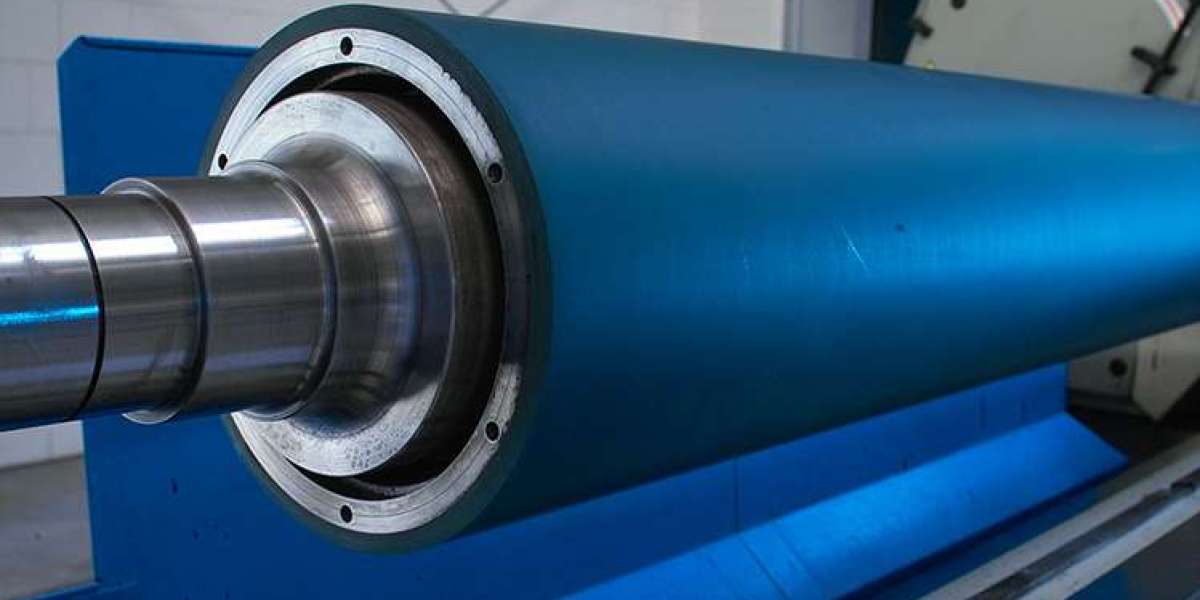In the realm of construction, where precision and efficiency are paramount, even seemingly small tools play a crucial role in achieving high-quality results. One such tool, often overlooked but indispensable, is the construction fabric roller. These rollers serve a variety of essential functions across different stages of construction projects, contributing significantly to both efficiency and quality.
What are Construction Fabric Rollers?
Construction fabric rollers, also known simply as fabric rollers or roller applicators, are specialized tools designed to apply various types of fabrics and membranes in construction projects. They typically consist of a handle attached to a roller mechanism, which evenly spreads fabric materials over surfaces such as roofs, walls, or floors. The rollers themselves can vary in size and material composition, depending on the specific application and type of fabric being used.
Applications in Construction
Waterproofing and Moisture Management: One of the primary uses of fabric rollers in construction is for waterproofing. Fabrics such as membranes or sheets designed to prevent water penetration are applied using these rollers. This ensures a uniform and secure attachment to surfaces, crucial for protecting buildings from water damage and ensuring longevity.
Air and Vapor Barrier Installation: In addition to waterproofing, fabric rollers are essential for installing air and vapor barriers. These barriers help regulate temperature and moisture within buildings, enhancing energy efficiency and indoor comfort. Fabric rollers ensure that barriers are applied tightly and without gaps, maintaining the integrity of the building envelope.
Roofing and Flooring: Fabric rollers are also instrumental in roofing and flooring applications. For instance, in roofing projects, they are used to adhere roofing membranes to substrates, providing an additional layer of protection against the elements. In flooring installations, fabric rollers aid in laying down underlayments or moisture barriers before the final floor covering is applied, ensuring a smooth and durable base.
Advantages of Using Fabric Rollers
Uniform Application: Fabric rollers enable even distribution of adhesive or sealant, ensuring consistent coverage across surfaces. This uniformity is critical for the effectiveness of waterproofing and barrier systems.
Efficiency: Compared to manual application methods, fabric rollers allow for faster installation times. This efficiency can lead to cost savings and reduced labor requirements, making projects more streamlined and economical.
Quality Assurance: By minimizing wrinkles, air bubbles, and uneven application, fabric rollers contribute to the overall quality and durability of construction projects. This is particularly important in ensuring the long-term performance of waterproofing and barrier systems.
Choosing the Right Fabric Roller
Selecting the appropriate fabric roller depends on several factors, including the type of fabric or membrane being applied, the size of the project, and environmental conditions. Factors such as roller material, handle design, and roller width should be considered to ensure compatibility and optimal performance.
Conclusion
In conclusion, while often overshadowed by more conspicuous construction equipment, fabric rollers play a crucial role in achieving durable, efficient, and high-quality building projects. From waterproofing and moisture management to ensuring effective air and vapor barriers, these tools contribute significantly to the longevity and performance of modern structures. By investing in quality fabric rollers and employing them skillfully, construction professionals can enhance both the efficiency of their projects and the satisfaction of their clients.







